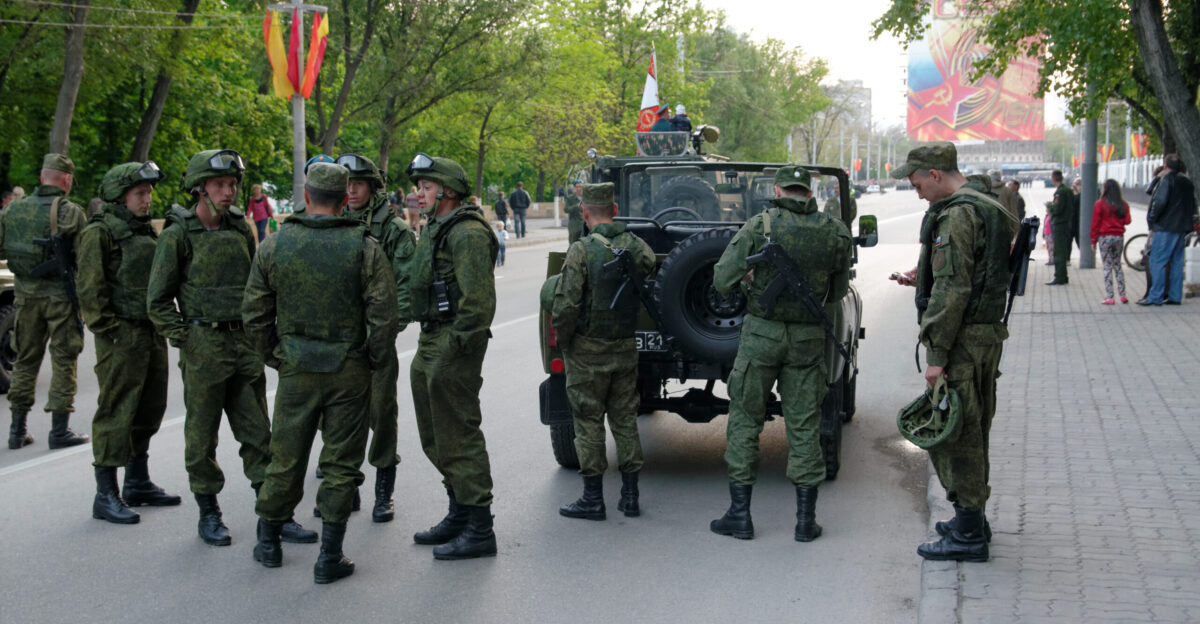
In October 2025, Ukraine’s elite SBU Alpha unit launched a series of daring raids near Pokrovsk, dismantling Russia’s air defense and electronic warfare network in what military analysts describe as the most devastating single-unit strike since the war began in 2014. Operating under cover of darkness and supported by US-made Black Hawk helicopters, Alpha operatives destroyed 18 Russian air defense and electronic warfare systems in just one month—the highest number of air defense and electronic warfare systems destroyed by any single special operations unit in the conflict.
Unprecedented Tactical Success

The destruction of 10 advanced air defense platforms, including Buk and Pantsir systems, alongside eight electronic warfare complexes, marked a turning point in Ukraine’s campaign to reclaim control of the skies over eastern Ukraine. Ukrainian military sources confirmed that this concentrated destruction by a single unit represents a record in special operations anti-air defense missions. The operation’s scale and precision surpassed previous multi-unit campaigns, demonstrating the growing sophistication of Ukraine’s special forces. While larger operations involving multiple units and drone swarms have destroyed more systems over extended periods—such as the cumulative destruction of 48% of Russia’s Pantsir fleet throughout 2025—no single special operations team had achieved such focused results in one month.
Mounting Russian Losses

The Alpha unit’s campaign had immediate and severe consequences for Russian forces. Ukrainian command reported over 1,500 Russian soldiers killed during October’s operations, as Alpha strikes targeted not only air defense assets but also logistics hubs and troop concentrations. Daily Russian casualties in early November ranged from 840 to 1,160, reflecting the relentless pressure exerted by Ukrainian special operations. As of November 2025, UK Ministry of Defence assessments indicate more than 1.1 million Russian personnel casualties since the full-scale invasion in February 2022, underscoring the escalating toll of the conflict.
Evolution of Ukraine’s Special Forces

Ukraine’s special forces have undergone a dramatic transformation since 2014. Units like SBU Alpha and HUR’s Timur detachment now specialize in deep-penetration raids, sabotage missions, and precision strikes far behind enemy lines. Their expertise in identifying and eliminating air defense systems has become central to Ukraine’s broader strategy. The October operation near Pokrovsk showcased this evolution: Alpha operatives relied on intelligence-driven targeting to pinpoint Russian air defense batteries and electronic warfare stations, executing coordinated strikes by helicopter insertion and ground infiltration.
The tactical significance of this operation lies in its concentrated impact: by systematically dismantling the air defense network in a specific sector, Alpha created what military analysts describe as a “corridor of vulnerability” that fundamentally shifted battlefield dynamics in the Pokrovsk area.
Global Comparisons and International Support
The concentrated destruction of 18 air defense and electronic warfare systems in one month by a single unit stands as a special operations record in this conflict. While larger-scale strikes involving multiple units have destroyed more systems over longer periods, no single special operations team has achieved such focused results in modern warfare. For comparison, Ukraine destroyed approximately 59 Russian air defense systems across all fronts in June 2024, but this involved coordinated efforts by multiple units, drone strikes, and long-range missile attacks over a broader geographic area.
Ukraine’s resilience is bolstered by expanding international support. In November 2025, Germany delivered two additional Patriot air defense systems, with President Volodymyr Zelenskyy confirming their deployment to strengthen Ukrainian air defenses. Germany has provided more Patriot systems from its own military stocks than any other nation contributing to Ukraine’s defense, emphasizing that degrading Russian air defenses is critical for maintaining Ukrainian offensive capabilities.
Surgical Precision and Battlefield Implications
Alpha operatives have refined their tactics to achieve surgical precision. Their methods include rapid strikes on air defense nodes, decoy movements to expose radar positions, and close-quarters ambushes of system operators. These evolving tactics have blunted Russia’s momentum and created “corridors of vulnerability” in the defensive umbrella, allowing Ukrainian reconnaissance drones to operate with greater freedom and effectiveness.
Ukrainian Air Force data confirms the operational impact: in October 2025, Ukrainian air defenses intercepted and destroyed over 11,000 Russian drones and missiles, demonstrating increased effectiveness as Russian air defense coverage degraded. Personal accounts from Alpha soldiers reveal the dangers of these missions: infiltrating under darkness to plant explosives on Buk launchers, conducting reconnaissance to pinpoint radar emissions, and engaging in firefights with system crews.
Looking Ahead: Stakes and Uncertainty

Pokrovsk remains the war’s most fiercely contested city, with Russian forces seeking to breach Ukraine’s eastern defensive wall. Commander-in-Chief Oleksandr Syrskyi described it as “the most difficult sector of the front line”. The Alpha unit’s record-breaking October operation has set a new template for special operations, with other Ukrainian teams reportedly training in similar counter-air defense tactics.
Despite battlefield setbacks, Russia continues to bombard Ukrainian cities with missiles and drones. As both armies adapt and endure, the outcome in Pokrovsk may determine not only the next chapter of the war but also the future of European security. Whether October 2025 is remembered as the turning point when a single Ukrainian special forces unit achieved an unprecedented air defense breakthrough will depend on the resilience and innovation of Ukraine’s forces and the continued support of its allies.